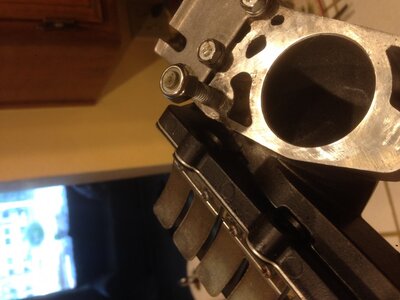- Location
- Rochester, NY
The motor has been running rough for while (2 seasons at least). Put in a new CDI, new spark plug wires (via jetskisolutions.com... great job!), new spark plugs. 4.2 k-ohms between boots as expected. Running a little better, but still rough. I pulled one boot from the plug, and runs similar. Can start the motor this way and runs similar. Put boot back on. Start motor. Pull the other boot from the other spark plug, and engine stalls. I can start the motor this way, but will not idle, need to pull the throttle to keep running, but it does keep running, barely. Spark plug in this cylinder is a little wetter and browner than the other, after 1 ride. I have rebuilt carbs last season and did not effect the rough running. Checked all the bolts on the motor head and exhaust connection (except 1 I could not get to). All seem tight). Ski rides ok, just seems to have a reduction in power (like maybe 20%).
BTW, this is a 2004 Superjet with Pro-tec head, Coffman exhaust, b-pipe.
ARRRG. Need help! ANY SUGGESTIONS on what the heck might be going on?
BTW, this is a 2004 Superjet with Pro-tec head, Coffman exhaust, b-pipe.
ARRRG. Need help! ANY SUGGESTIONS on what the heck might be going on?








